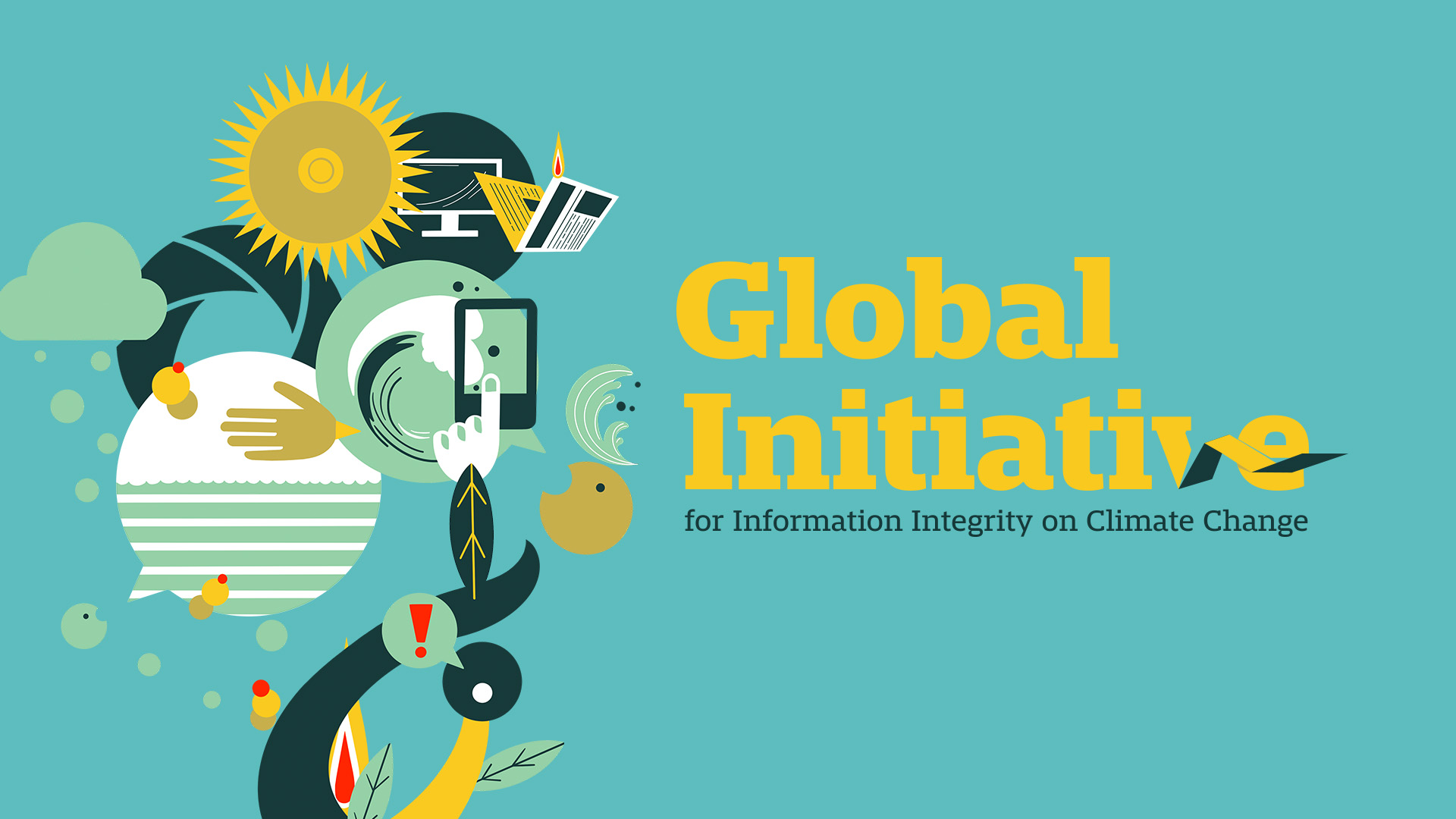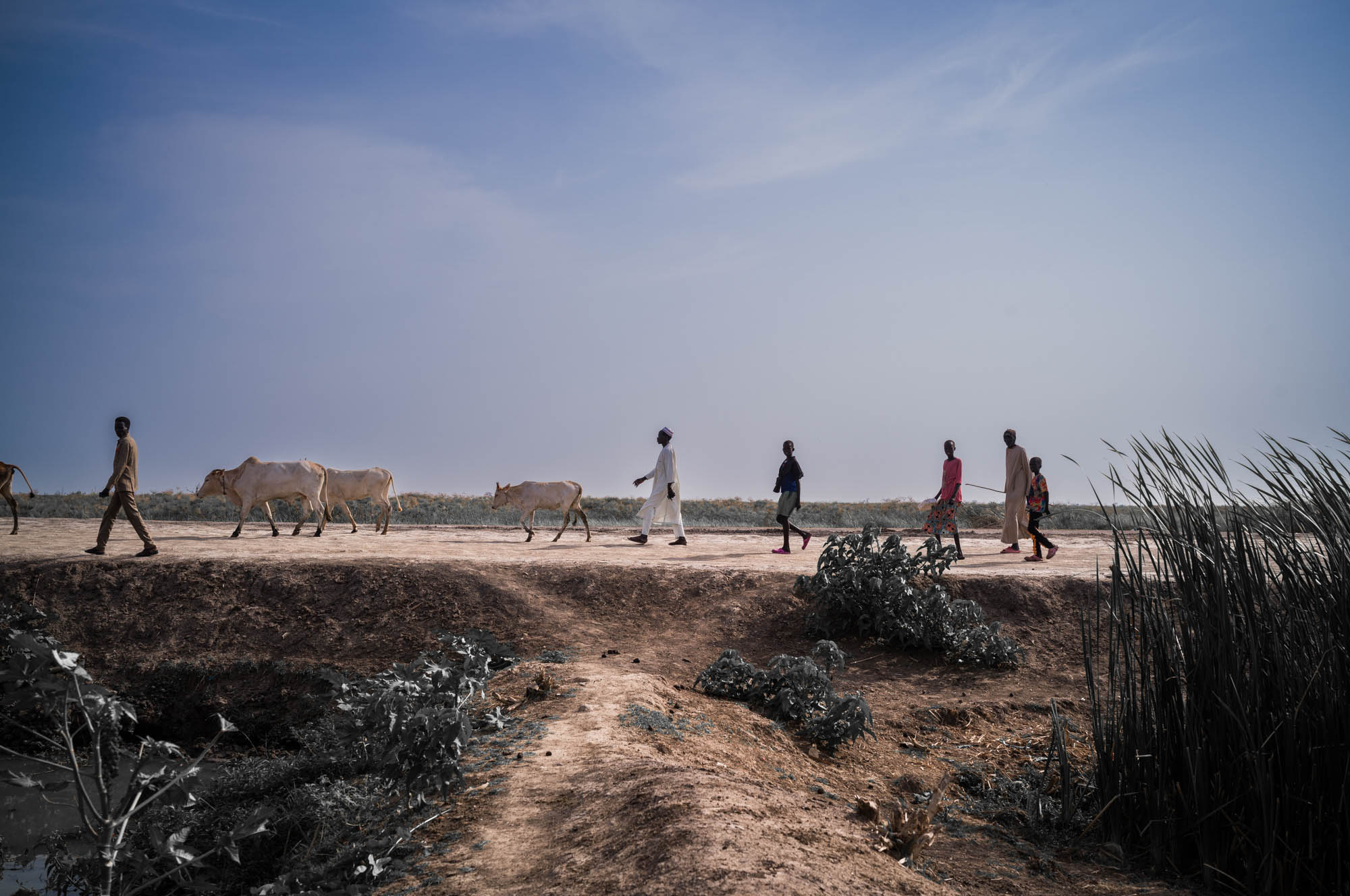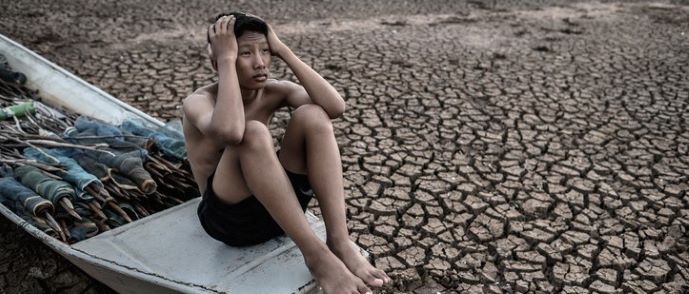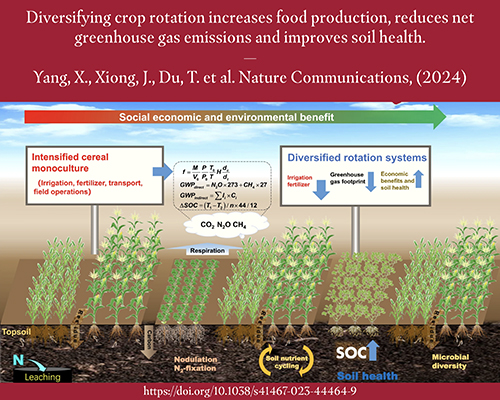
Engaging Stakeholders in Regional Climate Change Adaptation Measures

One of the key elements of the National Adaptation Plan (NAP) project is the engagement of all stakeholders in the preparation of adaptation measures at the regional level. As evidenced in practice, incorporating adaptation into planning activities at the regional and local levels has been limited. Therefore, at this stage, involving interested parties is crucial, allowing regional government bodies to plan adaptation measures more effectively. This direction requires continuous capacity building and participation of officials in the development and implementation of climate change adaptation policies, including monitoring and evaluation, coordinating actions to achieve set goals, and fulfilling national commitments.
The Sustainable Development Goals (SDGs)
- Goal 13: Climate Action
- Goal 5: Gender Equality
- Goal 10: Reduced Inequalities
The ultimate goal of this initiative is to establish a robust collaboration mechanism among stakeholders, especially women and vulnerable groups, in planning climate change adaptation strategies for regional authorities. To achieve this goal, training materials have been developed to enhance the capacity of stakeholders at the regional level in developing climate change adaptation measures and subsequently incorporating them into regional development plans.
Seminars on Climate Change Adaptation
In line with the above, within the implemented UNDP Project from February 13 to 29, 2024, a series of seminars took place in seven regional centers of the Kyrgyz Republic. These seminars, organized by UNDP in collaboration with CIVITA and AVEP, were supported by the Ministry of Economy and Commerce of the Kyrgyz Republic and in cooperation with the Presidential Representatives in Chui, Issyk-Kul, Talas, Naryn, Osh, Batken, and Jalal-Abad regions. The seminars aimed to enhance the capacity of stakeholders in the development and implementation of a unified climate change adaptation policy, covering the following areas:
- The right to a favorable environment for life and health in changing climate conditions
- Territorial and sectoral development programs in changing climate conditions
- The decision-making process in changing climate conditions
- Implementation of climate change adaptation policies
The list of participants was diverse, with active involvement not only from regional representatives of the Presidential Representatives’ Office but also from the Ministry of Natural Resources, Ecology and Technical Supervision, Water Resources, Ministry of Health, Ministry of Emergency Situations of the Kyrgyz Republic, and Ministry of Economy and Commerce of the Kyrgyz Republic. Representatives from civil society and academic circles also actively participated.
Capacity-Building and Regional Engagement
The capacity-building phase has concluded, and a plan for involving stakeholders at the regional level has been developed. Plans include creating and approving an effective mechanism for vertical coordination between national and regional levels for climate change adaptation planning. This mechanism aims to engage regional authorities in comprehensive national adaptation planning processes while providing them with the necessary tools and opportunities to enhance adaptation potential at the local level.
***
The project “Advancing development of a National Adaptation Plan (NAP) process for medium and long-term adaptation planning and implementation in the Kyrgyz Republic” is implemented by UNDP in Kyrgyzstan with financial support from the Green Climate Fund.
The United Nations Development Programme (UNDP) is the leading UN organization fighting against injustices caused by poverty, inequality, and climate change. Working with a broad network of experts and partners in 170 countries, we help create integrated, long-lasting solutions for people and the planet. Learn more about us at undp.org/Kyrgyzstan or join us at @UNDPkg.
For more information, please contact Ainagul Abdrakhmanova, UNDP Communications Officer, at ainagul.abdrakhmanova@undp.org or phone: 0770 755776.
SDGs, Targets, and Indicators
1. Which SDGs are addressed or connected to the issues highlighted in the article?
- SDG 13: Climate Action
- SDG 5: Gender Equality
- SDG 11: Sustainable Cities and Communities
- SDG 3: Good Health and Well-being
- SDG 6: Clean Water and Sanitation
The article discusses the need for climate change adaptation strategies at the regional level, which aligns with SDG 13. It also emphasizes the importance of involving women and vulnerable groups in planning these strategies, connecting to SDG 5. The article mentions the incorporation of adaptation measures into regional development plans, which relates to SDG 11. Additionally, the right to a favorable environment for life and health, as well as the decision-making process in changing climate conditions, are mentioned, linking to SDGs 3 and 6 respectively.
2. What specific targets under those SDGs can be identified based on the article’s content?
- SDG 13.1: Strengthen resilience and adaptive capacity to climate-related hazards and natural disasters
- SDG 5.5: Ensure women’s full and effective participation and equal opportunities for leadership at all levels of decision-making in political, economic, and public life
- SDG 11.B: Enhance inclusive and sustainable urbanization and capacity for participatory, integrated, and sustainable human settlement planning and management
- SDG 3.9: By 2030, substantially reduce the number of deaths and illnesses from hazardous chemicals and air, water, and soil pollution and contamination
- SDG 6.3: By 2030, improve water quality by reducing pollution, eliminating dumping and minimizing release of hazardous chemicals and materials
Based on the article, the targets mentioned above can be identified. These targets include strengthening resilience to climate-related hazards, ensuring women’s participation in decision-making processes, enhancing sustainable urbanization, reducing deaths and illnesses from pollution, and improving water quality.
3. Are there any indicators mentioned or implied in the article that can be used to measure progress towards the identified targets?
- Number of regional development plans incorporating climate change adaptation measures
- Level of participation of women and vulnerable groups in climate change adaptation planning
- Existence of a mechanism for vertical coordination between national and regional levels for climate change adaptation planning
- Reduction in deaths and illnesses related to hazardous chemicals and pollution
- Improvement in water quality indicators
The article implies indicators that can be used to measure progress towards the identified targets. These indicators include the number of development plans incorporating adaptation measures, the level of participation of women and vulnerable groups, the existence of a coordination mechanism, reduction in deaths and illnesses related to pollution, and improvement in water quality.
SDGs, Targets, and Indicators Table
| SDGs | Targets | Indicators |
|---|---|---|
| SDG 13: Climate Action | 13.1: Strengthen resilience and adaptive capacity to climate-related hazards and natural disasters | Number of regional development plans incorporating climate change adaptation measures |
| SDG 5: Gender Equality | 5.5: Ensure women’s full and effective participation and equal opportunities for leadership at all levels of decision-making in political, economic, and public life | Level of participation of women and vulnerable groups in climate change adaptation planning |
| SDG 11: Sustainable Cities and Communities | 11.B: Enhance inclusive and sustainable urbanization and capacity for participatory, integrated, and sustainable human settlement planning and management | Existence of a mechanism for vertical coordination between national and regional levels for climate change adaptation planning |
| SDG 3: Good Health and Well-being | 3.9: By 2030, substantially reduce the number of deaths and illnesses from hazardous chemicals and air, water, and soil pollution and contamination | Reduction in deaths and illnesses related to hazardous chemicals and pollution |
| SDG 6: Clean Water and Sanitation | 6.3: By 2030, improve water quality by reducing pollution, eliminating dumping and minimizing release of hazardous chemicals and materials | Improvement in water quality indicators |
Behold! This splendid article springs forth from the wellspring of knowledge, shaped by a wondrous proprietary AI technology that delved into a vast ocean of data, illuminating the path towards the Sustainable Development Goals. Remember that all rights are reserved by SDG Investors LLC, empowering us to champion progress together.
Source: undp.org

Join us, as fellow seekers of change, on a transformative journey at https://sdgtalks.ai/welcome, where you can become a member and actively contribute to shaping a brighter future.






